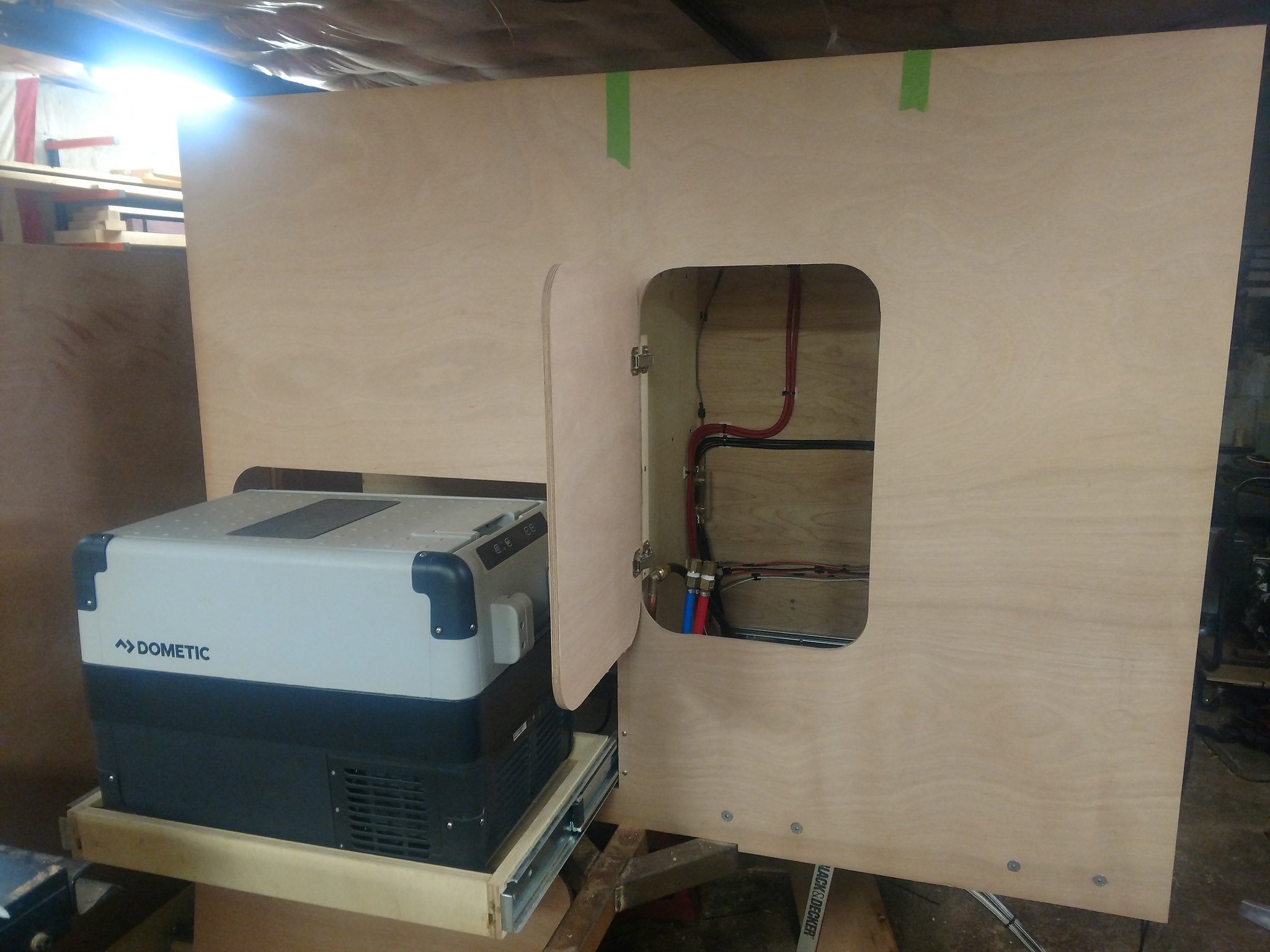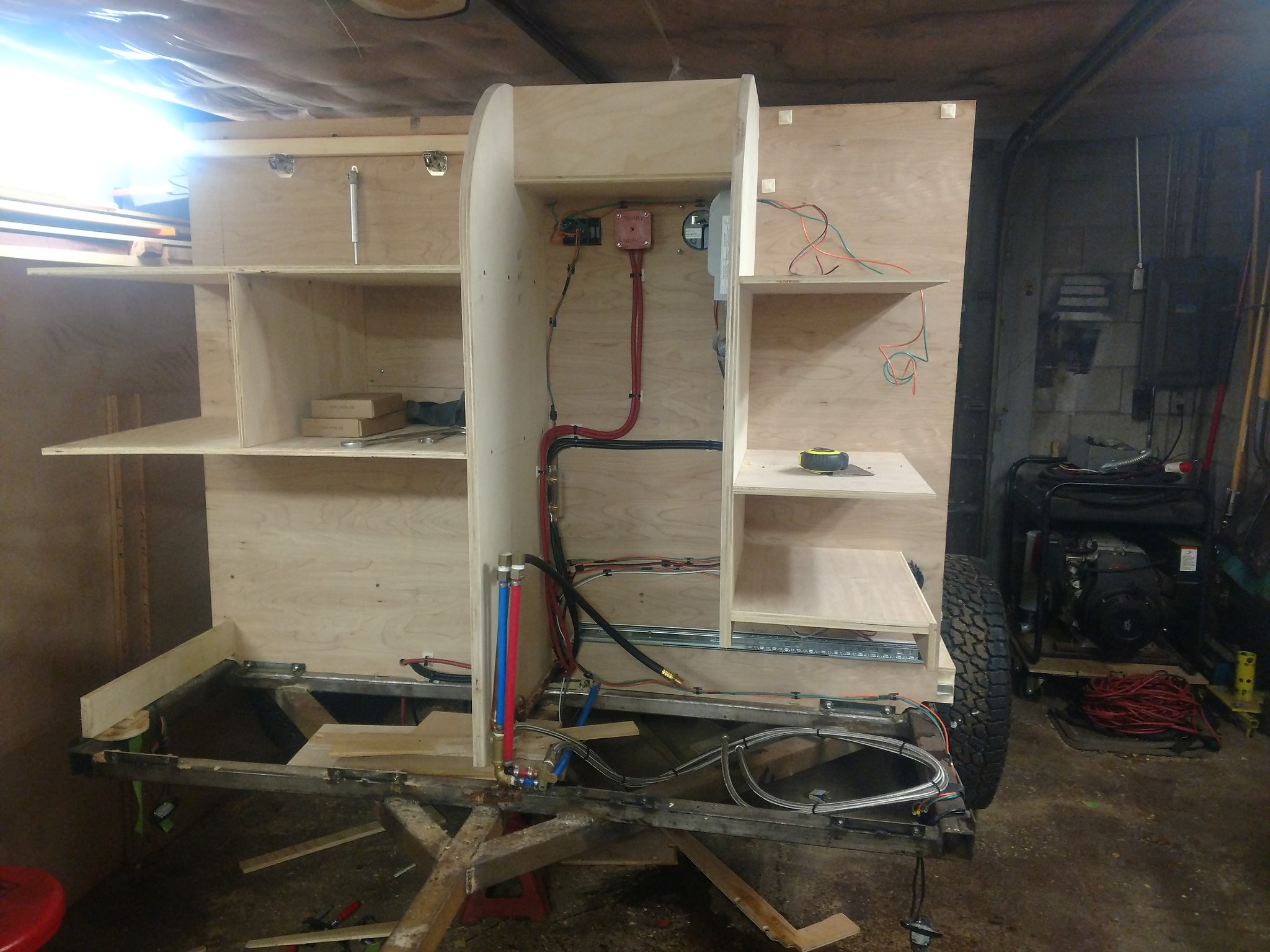That's what she said...
Congratulations! Looks awesome man. Glad you got it worked out-
:clapping: Hahahaha nice one!
That's what she said...
Congratulations! Looks awesome man. Glad you got it worked out-
Prob a little late to assist unless you've got the bits you cut off your formwork pieces, but the formwork I've seen from the composite panel guys and ply guys is usually on the outside of the bend, not the inside. That way you don't need clamps to keep it in place and you have the inside free of formwork to then place permanent ribs etc which hold the finished product in place. Also running some fibreglass over the kerfed section will assist a lot. On the bendy end make a lip on the formwork so the end of the bendy piece is held in place then either clamp or use another lip to stop the straight end from moving. May not help now but for future reference.
Keep up the good work mate.
Great build.
How'd you cut out your cabinet doors?
Thank you for the kind words. Unfortunately, the curve didn't stick. I un-clamped the panel and it sprung back about halfway. There's a lot of variables to play with; make the panel hotter or wetter, keep it hot/wet for longer, let it "cure" for longer. I'm not really sure what to try. Might try getting the water hotter I suppose, and using that to get the panel hotter. Open to suggestions, and I need to try to do some research on my own as well.


